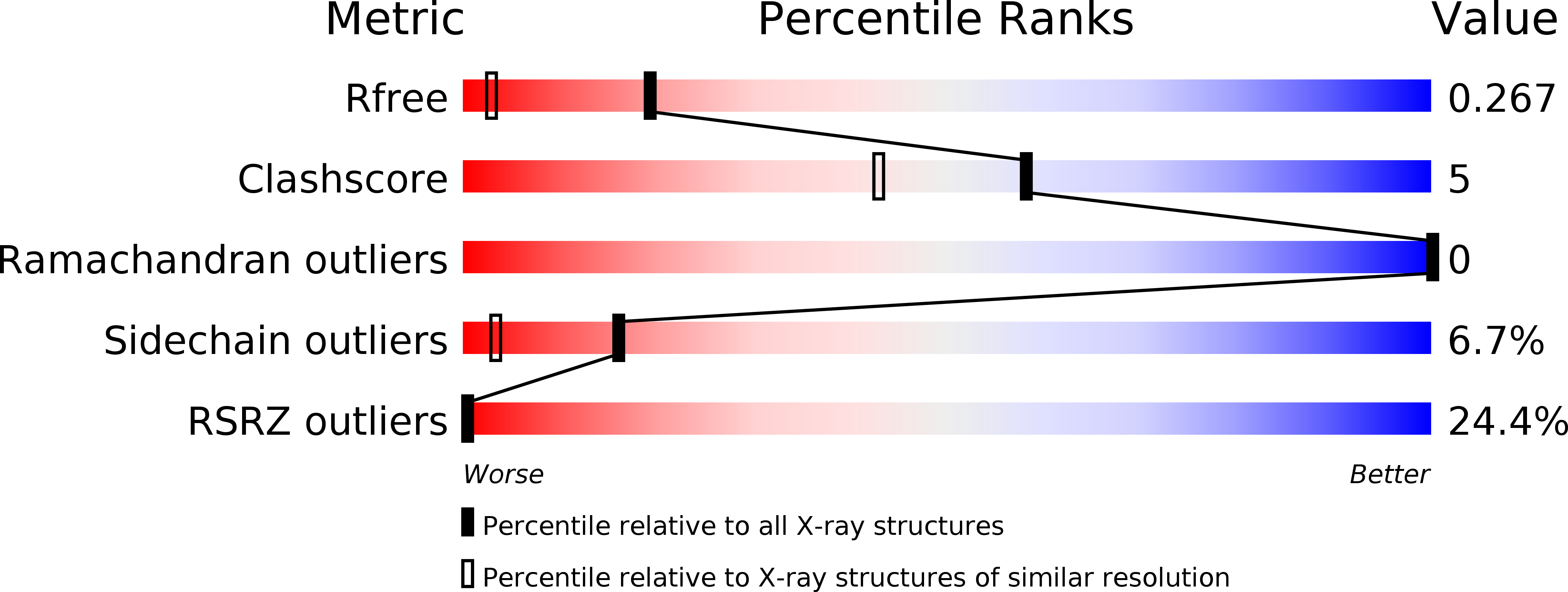
Deposition Date
2004-12-02
Release Date
2004-12-22
Last Version Date
2024-05-08
Entry Detail
PDB ID:
2BEZ
Keywords:
Title:
Structure of a proteolitically resistant core from the severe acute respiratory syndrome coronavirus S2 fusion protein
Biological Source:
Source Organism:
Human SARS coronavirus (Taxon ID: 694009)
Host Organism:
Method Details:
Experimental Method:
Resolution:
1.60 Å
R-Value Free:
0.24
R-Value Work:
0.20
R-Value Observed:
0.20
Space Group:
H 3 2


